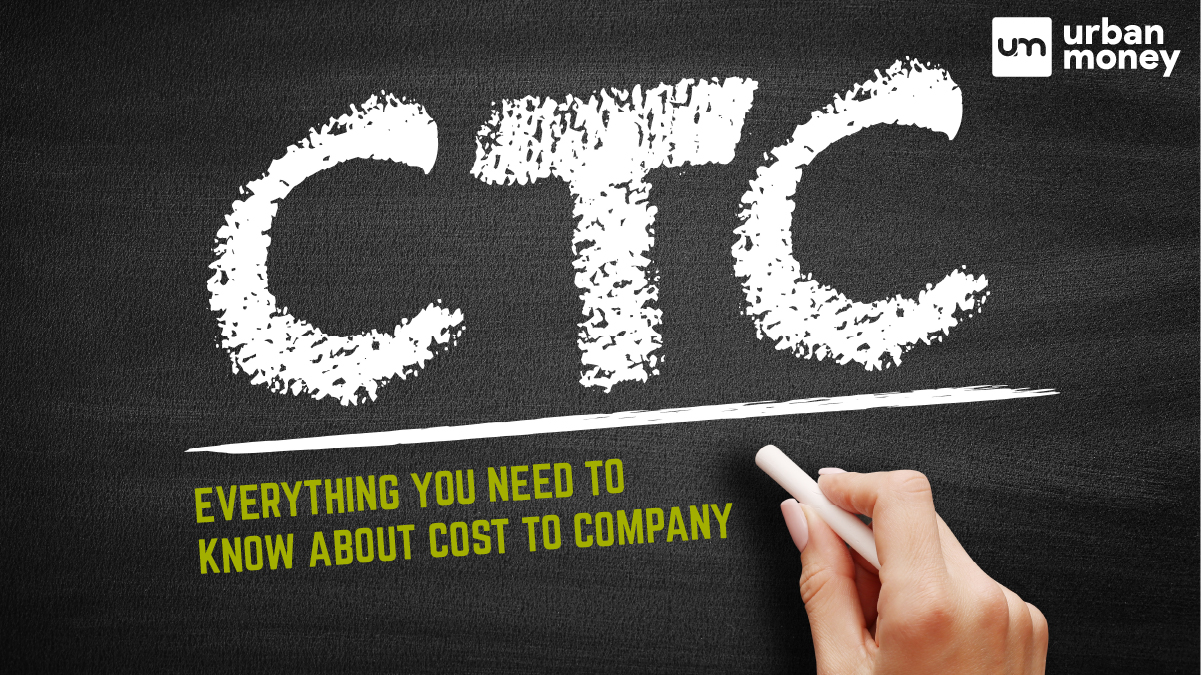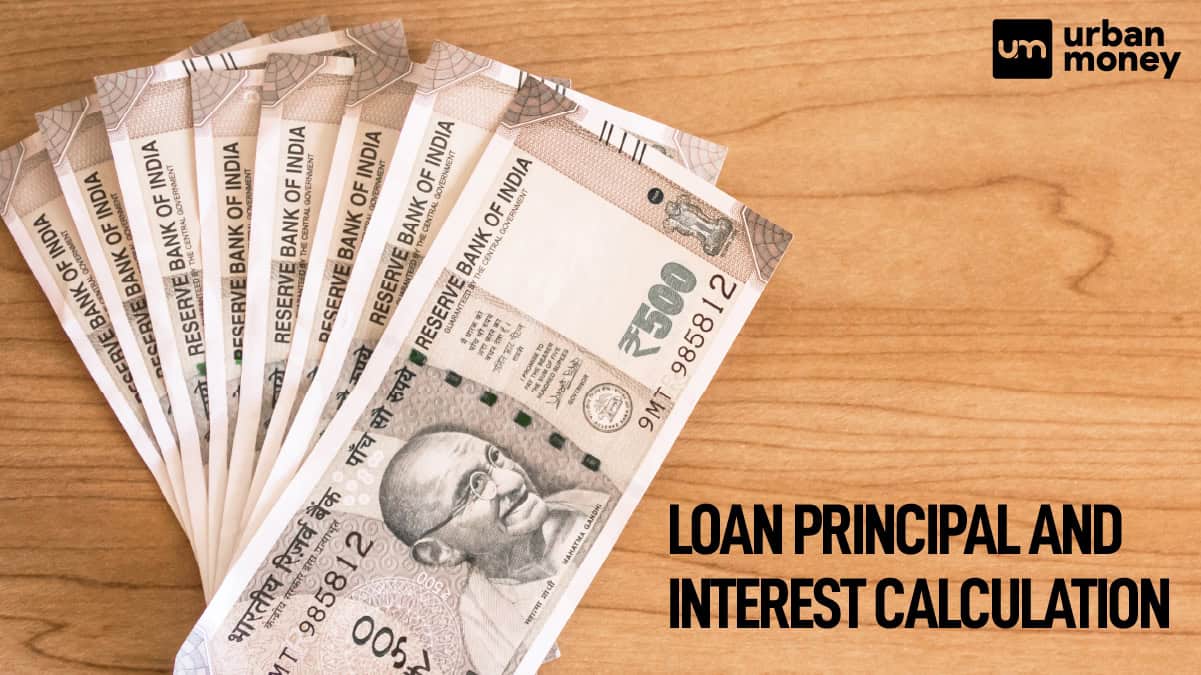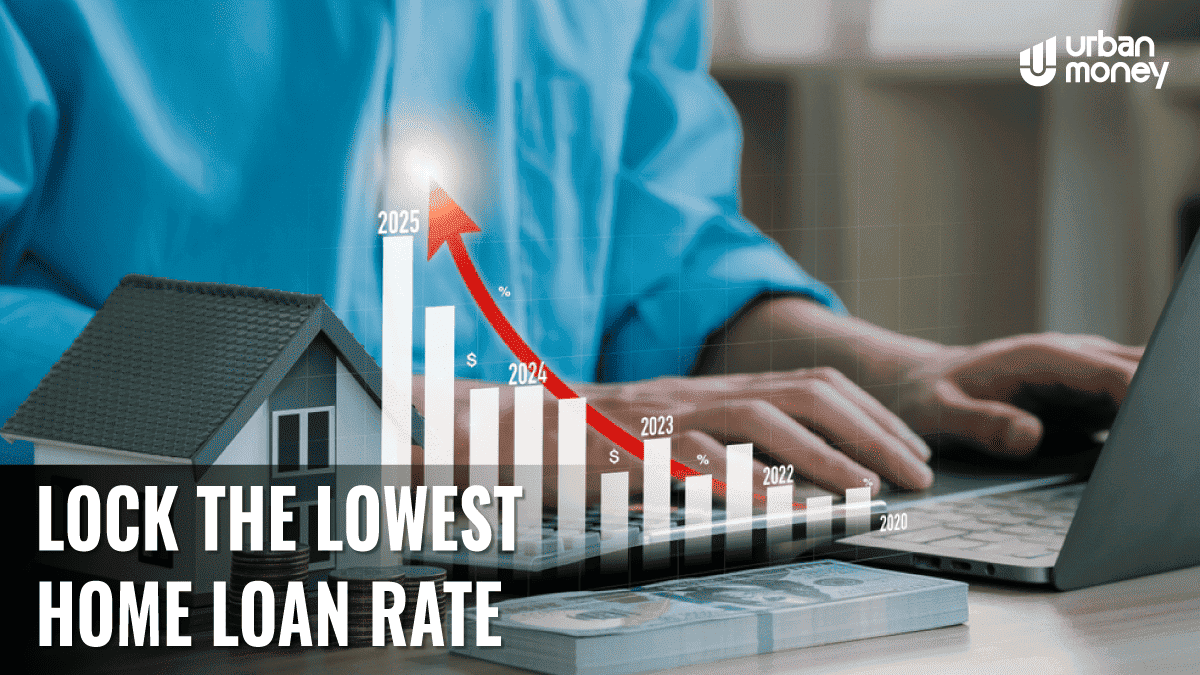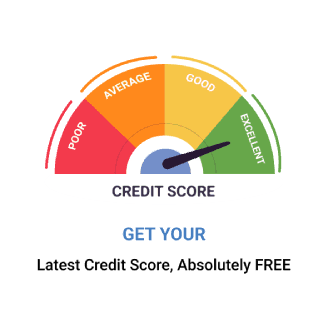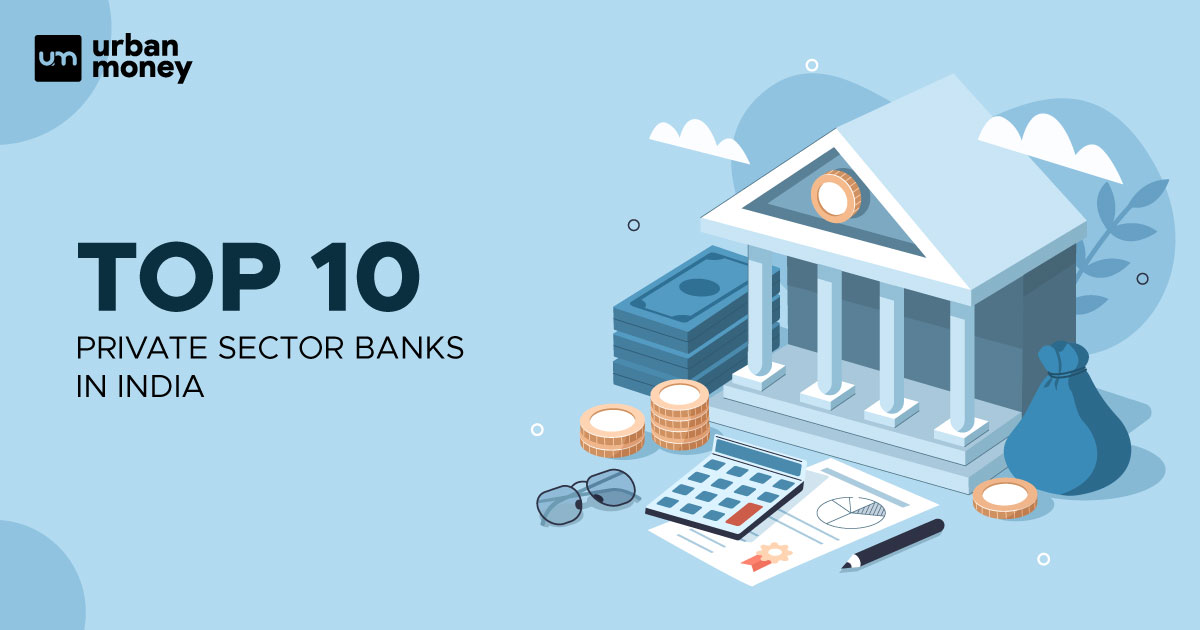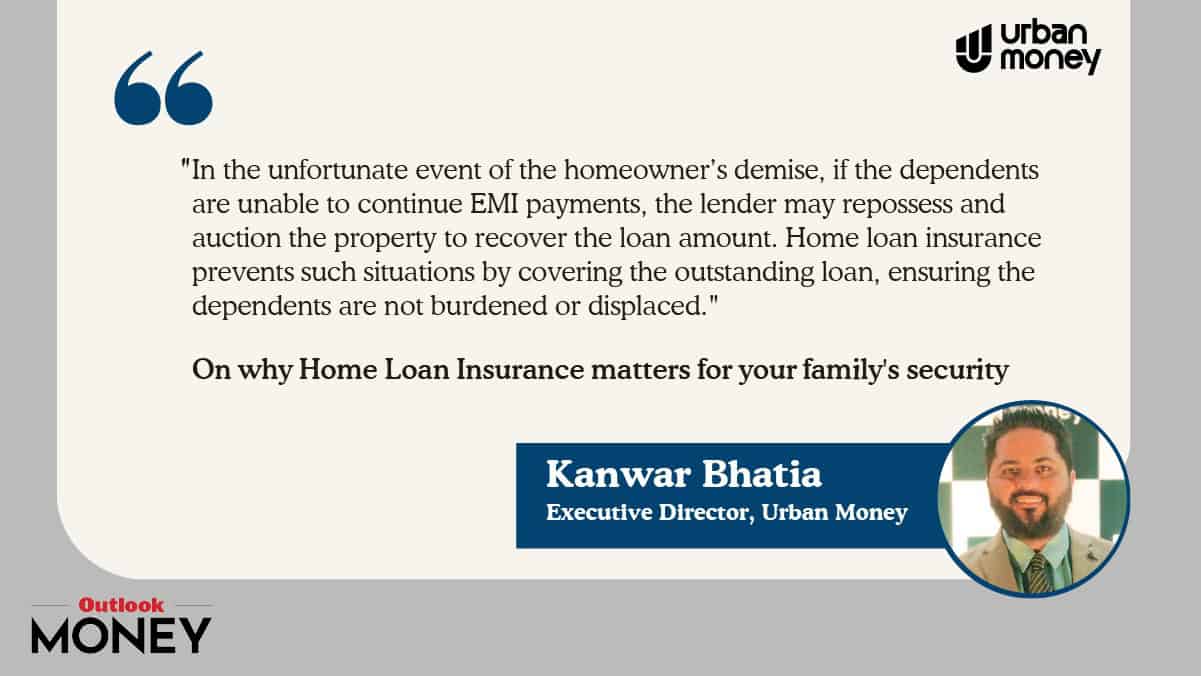Top 10 Best Private Banks in India List 2025
January 09, 2025
Personal Loan Archive | EMI: Meaning, How It Works, Calculation Method, Benefits & Drawbacks

April 07, 2025
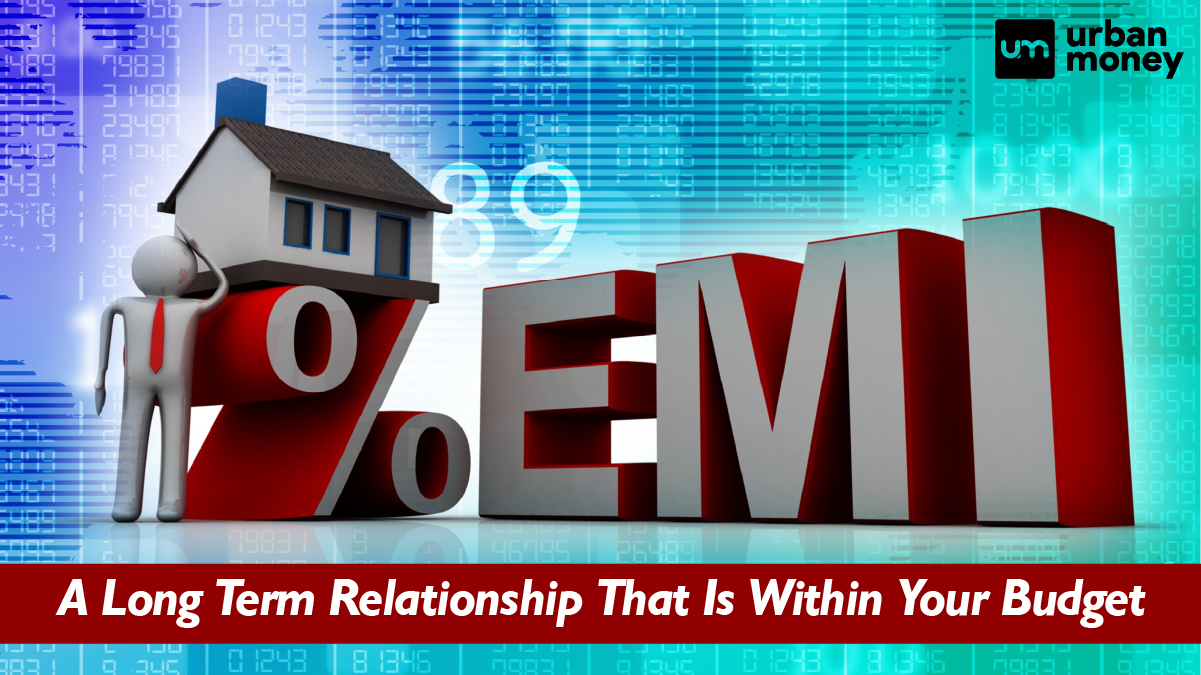

EMIs have become one of the most common forms of payment for any financial obligation, from college fees to purchasing a new phone. This fixed monthly amount saves lakhs of citizens annually by preventing sudden financial setbacks and helping people fulfil their desires. Understanding the concept of EMIs and their formula is very important in the modern world. It is the first step towards maintaining a positive credit score and making budgeting more manageable.
Table of Contents
ToggleAn EMI, an equated monthly instalment, is a fixed/ variable amount the borrower owes monthly to the lender. This setup can relate to any loan from any financial institution, which you will repay slowly in smaller instalments. It includes the principal loan amount and a certain interest applicable on that lump sum of money for the overall tenure of the loan. Examples include vehicle and student loans, which can take years to close until you repay the principal amount.
EMI payment and Down Payment are two different types of financial tools that help in purchasing many expensive items that might require long-term loans and significantly improve the buyer’s lifestyle.
| Feature | EMI (Equated Monthly Installment) | Down Payment |
| Definition | Fixed monthly payment to repay a loan | Initial payment made upfront during the purchase |
| Purpose | Repays both interest and principal over time | Reduces the total amount of loan required |
| Components | Includes both principal and interest portions | Usually, a percentage of the total purchase price |
| Payment Frequency | Monthly | One-time, at the time of purchase |
| Duration | Spread over the loan tenure (e.g., years) | Paid upfront before loan processing |
| Impact on Loan | Determines the repayment schedule | Directly reduces the loan principal amount |
| Timing of Payment | After the loan is approved and disbursed | Before you take the loan |
EMI and its interest rate are the basic structures that support multiple industries, such as housing loans and credit car payments. EMI is dependent on various factors, like:
If a bank lends money to a borrower, it charges minimal interest every month because it is taking a risk by providing them with a lump sum payment. Sometimes, banks support this payment with a collateral security.
Rahul lends Sunita 4000 rupees for a video game, which she will pay within four months at a set interest rate of 5%, directly from her pocket money. So, Sunita’s monthly EMI payments will be as follows:
EMI= Principal Amount of the Month+ Interest of the month
Which is INR 1000 + 200
So, Sunita will pay INR 1200 monthly to Rahul to give closure to her EMI payments.
Now, if Sunita had asked for a loan extension of up to 6 months for any reason,
Her monthly principal payments would have been 4000/6= 666.667
Now, let’s imagine another scenario where Sunita gave Rahul INR 500, which she received from a guest on the first day of the loan, as a gift for helping her.
The loan amount remains 3500, so the principal monthly payment is 3500 / 4 = INR 875.
So the monthly EMI payments would be INR 875 interest on the month-
INR 875+ 200= INR 1075
Hence, lower loan amounts for a similar duration lead to fewer monthly EMI payments.
Here are some of the pros and cons of choosing EMI payment as a financial tool for purchasing products/ services:
| Metrics | Benefits | Drawbacks |
| Affordability | It makes high-value purchases more affordable by spreading payments over a long time. | You pay more overall due to interest charges, beating the purpose of financial savings. |
| Managing finance t | Fixed monthly payments make it easier to plan and manage your budget. | Long-term financial commitment can tie up your finances for years. |
| Access to Expensive Items | Enables access to products or assets that may be unaffordable with a lump sum payment. | Committing to an EMI can reduce flexibility in managing other financial needs. |
| Creditworthiness | Timely EMI payments can help build or improve your credit score. | Late or missed payments can negatively impact your credit score. |
| Flexibility/ Inflexibility of Tenure | Various tenure options allow you to choose an EMI plan that suits your financial situation. | Once set, the EMI amount and tenure can change without incurring additional costs. |
| Ownership | Immediate ownership of the asset while repaying the loan over time. | The total cost of ownership may be higher than paying the full amount upfront due to interest. |
| Penalty Risks | Regular EMI payments keep you on track with financial discipline. | Late payments can lead to penalties and higher overall costs. |
| Interest Costs | Allows for manageable payments over time rather than a large upfront payment. | The interest component means you pay more than the asset’s original price. |
Banks require documents and identity proofs to allot loans and start EMI payments for various purchases. These help prove your repayment capability and ensure that you have a stable job/ source of income.
Some of them include:
EMI payments can become a budgeting issue if not handled properly, as they might go on for years and have a high interest rate. This reason is why it is very important to know the two different types of EMI Payments:
| EMI in Advance | EMI in Arrear |
| In this type of EMI, the payee is supposed to pay the first EMI amount right when receiving the loan. | Here, the borrower pays the first EMI at least a month after receiving the principal loan amount. |
| With this plan, the borrower is relieved of at least one month of EMI payment, and banks calculate the remaining EMIs using the reduced principal amount. i.e. interest is calculated on Loan Amount- First EMI Payment | The borrower enjoys full-term payment, but banks calculate the interest from the entire principal amount without any subtractions. |
| While this loan does not offer financial flexibility, it reduces the future payment load. | This loan requires the borrower to pay one more month of EMI payment. |
| The down payment required for this is slightly higher/ | The total cost of the EMIs is higher in the Arrear EMI payment plan. |
Here are some essential tips to manage EMI payments and interest rates-
Here are some of the common EMI mistakes that borrowers make which increase their interest and monthly payments:
You should approach EMIs as a monthly expense, as you would budget for groceries, utilities, or other bills. Including the EMI amount in your monthly budget is critical to prevent skipping payments, which could lower your credit score. Prioritise your monthly essentials to remain on top of your finances and ensure you can manage the repayments with your current income.
If you are on a salary, plan your EMI payment date right after your money is credited. This step will help you save your face for unpaid EMIs and prevent overlap between savings and current accounts.
Opting for a long repayment period has the downside of increased interest over time, but it also lowers your monthly EMI. This helps you make feasible payments every month on time without suffering financial setbacks and delayed EMI instalments.
Comparing different lenders having varying interest rates, repayment policies, and terms is one of the wisest financial decisions you can make. You can secure a loan with attractive interest rates and flexible repayment options within your monthly budget.
Many lenders allow borrowers to prepay their loans without any extra charges, which can reduce their overall financial burden. Prepaying loans can lower the total interest paid and significantly reduce the repayment period. However, lenders might impose some penalties on the borrower in case of full repayment of the loan, which will be mentioned in the terms and conditions.
In conclusion, an Equated Monthly Installment (EMI) is a crucial financial concept that plays a significant role in personal and business finance. Understanding the calculation process of EMI is important for planning finances and comparing different loan offers. Borrowers can apply for the most suitable repayment schedule that aligns with their long-term and short-term financial goals. Hence, having a clear grasp of EMI helps maintain financial discipline and avoid any pitfalls of EMI management.
Delaying EMI payments can increase the loan cost as lenders might impose additional interest.
Yes, most banks allow for negotiation on loan terms once during the tenure.
According to Section 80C of the Income Tax Act, you can avail of a tax deduction of INR 1.5 Lakh on the EMI principal repayment option.
Most banks offer a maximum EMI loan repayment plan for 30 years.
The interest rate for credit card EMIs typically falls between 13% and 18% per annum, whereas personal loan EMIs can range from 10% to 25% per annum. It makes sense to apply for personal loans, which can be repaid over a couple of years, instead of credit card loans, which must be repaid monthly.
The official website of Urban Money lists numerous reputable EMI lenders in India. This website helps you stay informed about current financial trends and acquire low-interest loans.










© 2025 www.urbanmoney.com. All rights reserved.

Need Loan Assistance?

Thank you for showing your interest. Our agent will get in touch with you soon.





